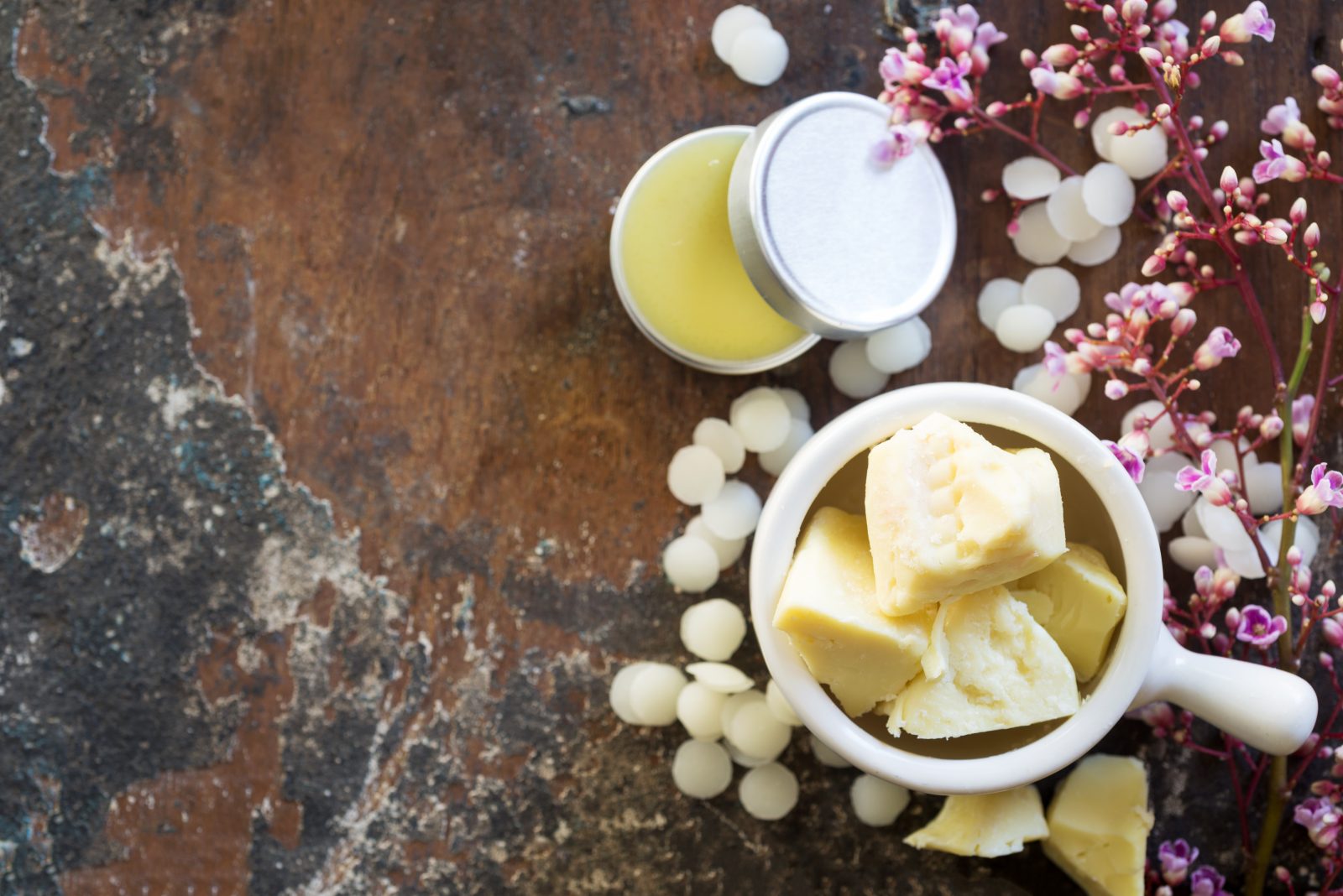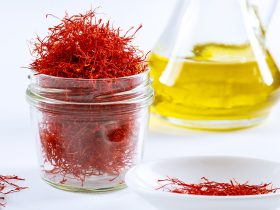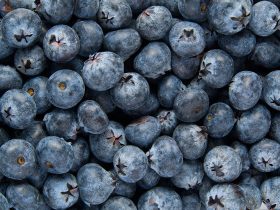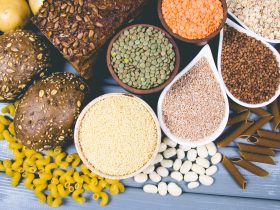Recently, butter beans have surged in popularity across various social media platforms featuring numerous ways to prepare them. There appears to be a vast array of methods to cook and savor these small, protein-rich beans.
However, it might be unexpected for some to discover that butter beans are essentially a type of glorified lima bean.
Let’s explore the health advantages of this trending legume and discover fun methods to integrate it into your diet!
The nutritional values of butter beans
Butter beans are known by a few names: butter beans, big limas, and dried large limas. Regardless of the name, butter beans pack a nutritional punch, offering a range of essential nutrients that contribute to a healthy diet.
Here’s a breakdown of their nutritional profile:
- Protein: Butter beans are a significant source of plant-based protein, containing approximately 14.7 grams of protein per cooked cup. This makes them a valuable addition to vegetarian and vegan diets, providing essential amino acids necessary for bodily functions and muscle repair. Find out all about plant-based protein to know what to go for and what to avoid when creating your diet.
- Fiber: These beans are rich in dietary fiber, with around 13.2 grams per cooked cup. Fiber aids in digestion, promotes gut health, and helps regulate blood sugar levels, contributing to a feeling of fullness that can assist in weight management.
- Complex Carbohydrates: Butter beans offer complex carbohydrates, providing a steady release of energy. They contain around 45 grams of carbohydrates per cooked cup, making them a suitable choice for maintaining consistent energy levels throughout the day.
- Folate: Folate, a B-vitamin crucial for cell division and DNA synthesis, is abundant in butter beans. A serving can supply up to 63% of the recommended daily intake, making them a vital component for pregnant women to support fetal development.
- Iron: Iron is essential for transporting oxygen throughout the body, and butter beans are a good plant-based source. A cooked cup of these beans contains approximately 4.3 milligrams of iron, contributing significantly to daily iron needs, especially for individuals following vegetarian or vegan diets.
- Potassium and Magnesium: Butter beans are rich in minerals like potassium and magnesium, essential for maintaining proper nerve function, muscle contraction, and heart health. A cooked cup provides around 1,250 milligrams of potassium and 177 milligrams of magnesium.
- Low in Fat: These beans are naturally low in fat, making them an excellent choice for those aiming to limit their fat intake while still obtaining essential nutrients.
Incorporating butter beans into your diet can contribute to meeting various nutritional needs, offering a well-rounded source of protein, fiber, vitamins, and minerals essential for overall health and well-being.
Other benefits of consuming butter beans
Aside from the clearly great nutritional values, butter beans are a great addition to anyone’s diet for a variety of other reasons. Here are some of the most important ones:
- Great for heart health: Butter beans offer complex carbohydrates, and dietary fiber, and are low in fat, making them a heart-healthy dietary choice.
- Versatile and shelf-stable: Butter beans are usually available in canned or dried forms, both of which have a decent shelf life. This versatility allows them to be used in various appetizers, side dishes, or even as the main element of a meal.
- Affordable: When considering budget-friendly grocery options, butter beans stand out, especially compared to other plant-based protein staples such as tofu, tempeh, and vegan protein powder.
How to integrate butter beans into your diet
Butter beans are a versatile and nutritious addition to various culinary creations. Here are six creative ways to incorporate these beans into your diet:
- Protein booster for soups: Easily increase the protein content of soups by incorporating butter beans. Whether it’s creamy tomato, chicken noodle, or split pea soup, adding these beans is a simple and cost-effective way to make your soup heartier and more nutritious.
- Curried butter beans: Elevate your favorite curry sauce by adding butter beans for a plant-based protein boost. This savory mixture can be enjoyed on bread or combined with roasted vegetables to enhance the flavors.
- Creamy garlic & tomato recipes: Explore “butter beans recipes” online to find creamy garlic and tomato-based variations that complement these beans. Some recipes may feature ingredients like parmesan, basil, or additional vegetables such as broccoli, cauliflower, or Brussels sprouts for added fiber and depth of flavor.
- Blending into a sauce: Blend cooked butter beans with garlic, lemon, and herbs to craft a creamy sauce perfect for pasta or vegetables. This sauce adds richness and a nutritional boost to your dishes.
- Side dish seasoning: Create a flavorful side dish by seasoning butter beans with herbs, garlic, and olive oil. This quick and easy preparation method can be a delightful accompaniment to any meal.
- Roasted beans as a salad topping: Roast butter beans in the oven or a pan and use them as a crunchy and flavorful topping for salads or warm bowls, adding texture and taste to your dish.
Butter beans offer versatility in cooking, providing not only flavor but also a good source of plant-based protein and dietary fiber. Experimenting with these various cooking methods can add both variety and nutrition to your meals.
















Find Us on Socials